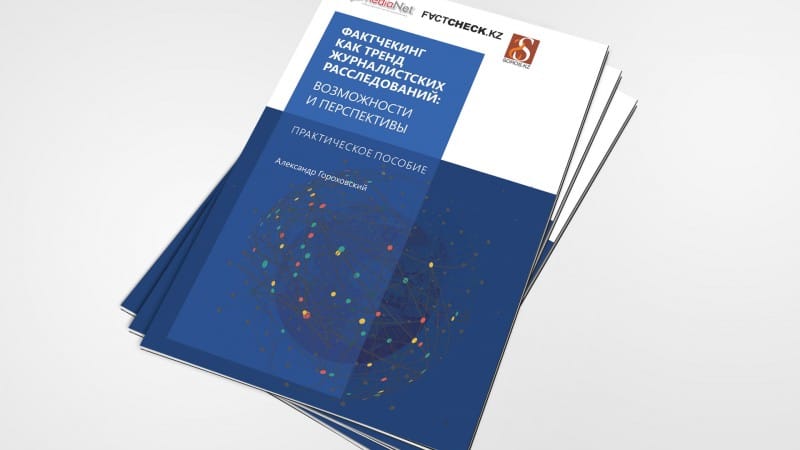Alexander Gorokhovsky, a Kiev journalist, creator and editor-in-chief of the “No Nonsense” project, in his methodological manual, summarizes the methods of verifying information that are basic for all fact checkers.
Excerpt for reference
Fact check is not a social platform for raising citizen awareness, as is mistakenly believed in certain circles. Yes, it performs these functions, but they are not the main ones. First of all, fact-checking is an effective tool for exposing political manipulation and factual speculation on painful social topics, a clear means of demonstrating the real competence of politicians and officials, the basis for in-depth investigations, supported by facts from open sources, which practically eliminates accusations of bias and subjectivity. To paraphrase the prophetic words of Taras Shevchenko: “Fight and overcome,” we can say: “Expose and expose,” using the concept of a fact check and its effective methods.
Alexander Gorokhovsky, creator and editor-in-chief of the project “No nonsense", is one of the pioneers of Ukrainian fact-checking, who has extensive practical experience and has trained dozens of fact-checkers in post-Soviet countries as a trainer. And although the manual “Fact-checking as a trend in investigative journalism” was written and translated into Russian back in 2017, when for many the word “fact-checking” itself sounded unusual, it remains relevant in 2025. Gorokhovsky focuses not on the volatile technical side of the data verification process, but on the conceptual, basic component of the fact-checker's work. The main question the book answers is how to learn to think like a fact checker.
Gorokhovsky considers fact-checking primarily within the framework of the concept of control journalism, that is, precisely in the form in which this format became popular and brought the PolitiFact editorial team a Pulitzer Prize. Based on the international standard - the IFCN Code of Principles - Gorokhovsky localizes and expands the methodological approach, emphasizing that fact-checking is useful primarily for exposing political manipulations, factual speculation on painful social topics, and also as a clear means of demonstrating the real competence of politicians and officials. And he confirms his thesis with data: out of 1000 statements by officials that were analyzed by Gorokhovsky’s editorial team in the first year of work, 55% turned out to contain untrue facts and were marked with a “false” verdict, 25% were half-truths and only 20% of the statements turned out to be true.
The manual talks about international and Ukrainian experience of fact-checking and is rich in real cases of manipulation, which Gorokhovsky classifies and describes how to expose them. Considerable space is devoted to the issue of presenting material to the reader.
The book is intended for a fairly wide range of readers and can become a practical guide both for those involved in fact-checking at an amateur level, and for journalists or data analysts who want to improve their skills.






